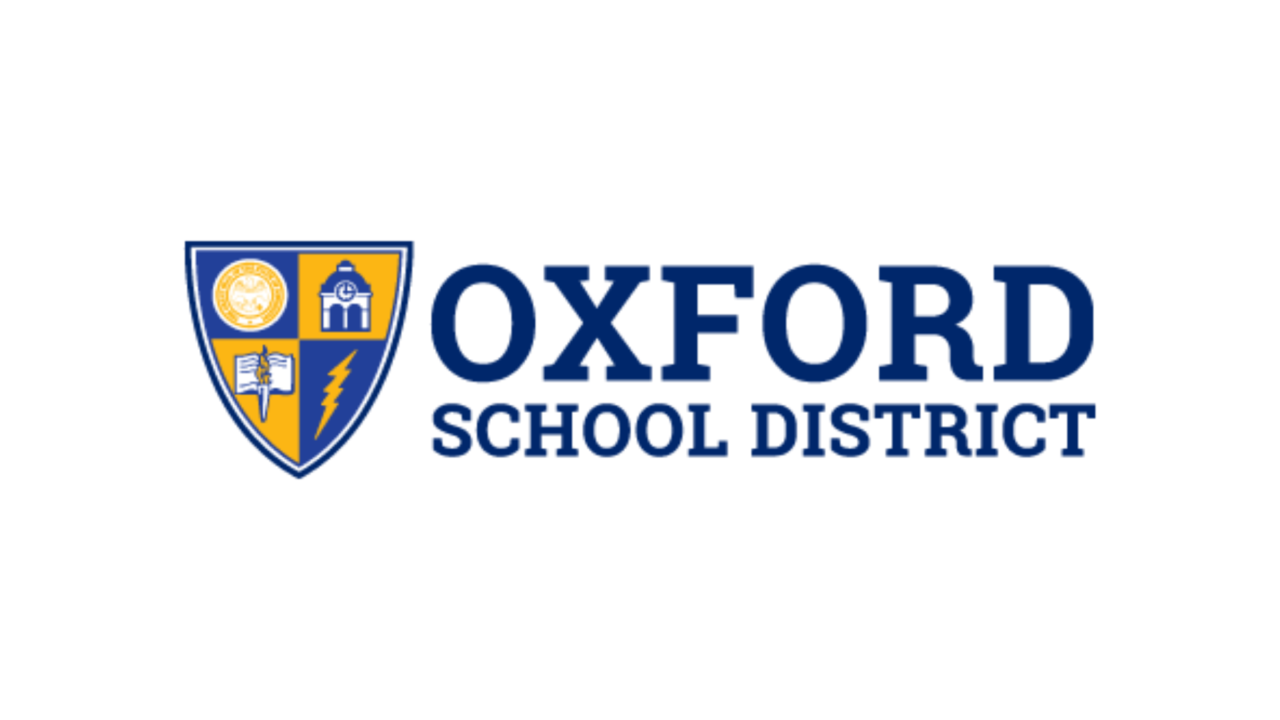
Oxford School District supports Black Lives Matter movement; promotes changing the curriculum for students in an effort to push equity
Incidents
On December 11, 2020, the Oxford School District published a video titled “Cultural Responsiveness” that appears to show the school district’s support for the Black Lives Matter movement. The beginning of the video shows people holding signs that feature political slogans such as “I Can’t Breath,” “No Justice, No Peace,” and “Black Lives Matter.” The video then ends with a special thanks to a “Black Lives Matter protest photographer” with additional photos supporting the movement.
The school district’s video shows teachers discussing the importance of “Cultural Responsiveness.” The term “Cultural Responsiveness” is an idea often used to describe promoting the race and ethnicity of students as part of the lessons being taught in classrooms. One teacher in the video takes this idea a step further and explains that class material should be culturally responsive:
I think that it’s important to be culturally responsive because as an instructor, as a teacher, we are part of students’ environments. And so because we are in their environment, then we need to acknowledge their culture, their upbringing, the things and people that they interact with on a day-to-day basis. And so we need to keep that at the forefront as we present content material in order to engage them, to draw them in, and to make them feel a part of society. (Time Stamp: 1:54)
Another teacher outright mentions race and ethnicity in teaching with “Cultural Responsiveness.” He appears to state that teachers should watch what they say to avoid offending students:
As the demographics of our nation change, it’s just something that has to be done. You have to be able to work together to get the best outcome for every single person involved. You know, our demographics in Mississippi are different than other states. You know, if you look at the southwest, you have a very high Hispanic population. If you look at the southeast, a high African American population. And so you have varying different types of demographics. You have varying different types of cultures out there. And so I think every single time you have all of those meshing together, you have to be able to be aware of your surroundings, being aware of – you know – how something that you say. Because your perspective, your background is going to be different. So you have to be accepting of everything. (Time Stamp: 2:24)
An English teacher in the video states that he exhibits “Cultural Responsiveness” with the books that he uses to teach his class, rather than simply using “traditional literature”:
In the [English Language Arts] classroom, one way I like to demonstrate cultural responsiveness is through the texts that I choose to read. There’s nothing wrong with traditional literature, and of course, traditional literature is important. But I also want students to be able to see themselves in what we read. I think that’s going to make a bigger impact for them in the long run. (Time Stamp: 6:48)
The Oxford School District also published a statement that explained it “defined five core values that would guide its policies, curriculum, and operations – service, support, relationships, excellence, and equity” in 2019. The district also explained in the statement that “for the first time in its history, the district named a Director of Equity.” This director recently created the district’s “Equity Task Force.” The school district has a page dedicated to this “Equity Task Force.”
The school district further explains in its statement that the “Director of Equity” hosted a series of five classes for teachers called “Responsiveness Saturdays.” This director is using Social-Emotional Learning (SEL) to implement “Cultural Responsiveness” into classrooms. The statement explains that “during the first ten days of the school year, Oxford teachers will complete at least three social-emotional learning in their course content.” The school district also established an anonymous equity tip line so that “the district can be made aware of equity concerns that affect students, parents, and staff that should be addressed systemically or directly.”

The school district has a page on its website that explains SEL “can help address various forms of inequity and empower young people and adults to co-create thriving schools and contribute to safe, healthy, and just communities.” The school district then promotes the organization CASEL in its effort to push SEL. CASEL is an organization that works with school districts throughout the country to use SEL in an effort to push “equity” and “social justice” in education.
On July 1, 2020, CASEL promoted “racial justice” in discussing its roadmap for reopening schools during the COVID-19 pandemic. In explaining the importance of the reopening process for schools, the organization explained that “this moment called on all members of our school communities to deepen our social and emotional competencies and create equitable learning environments where all students and adults process, heal, and thrive.” CASEL also published a video in 2020 titled “SEL As a Lever for Equity and Social Justice.”

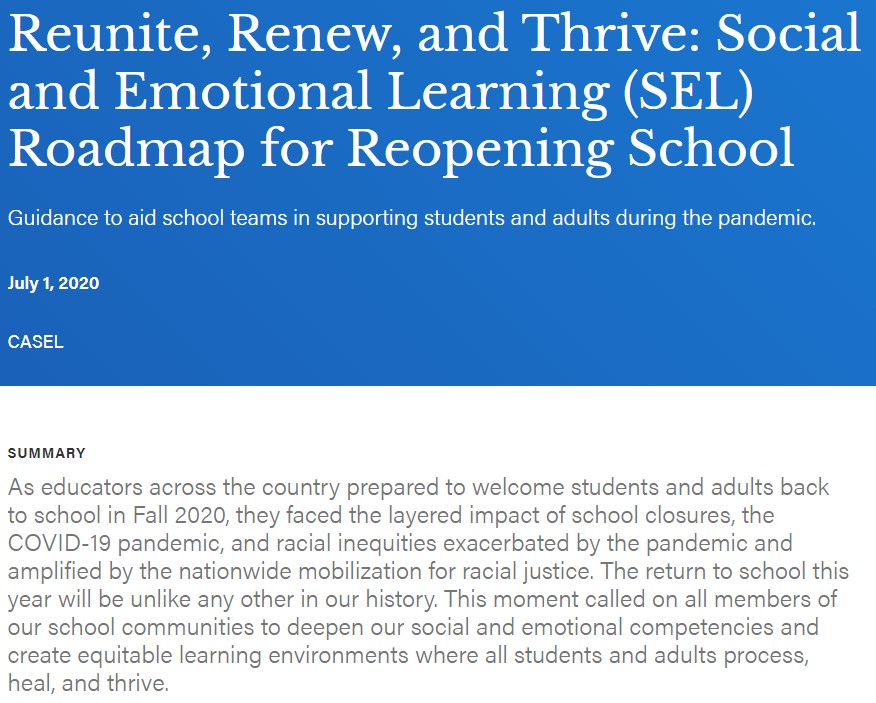
The school district’s website has another page titled “S.E.L. and Equity” that explains the district uses CASEL as a “guide to utilizing S.E.L. as a lever for equity.” The school district states on the page that “working towards equity in schools requires that we interrupt inequitable practices, examine biases, and create an inclusive multicultural school environment for ALL adults and children.” The district further explains that SEL “affirms diverse cultures and backgrounds.”
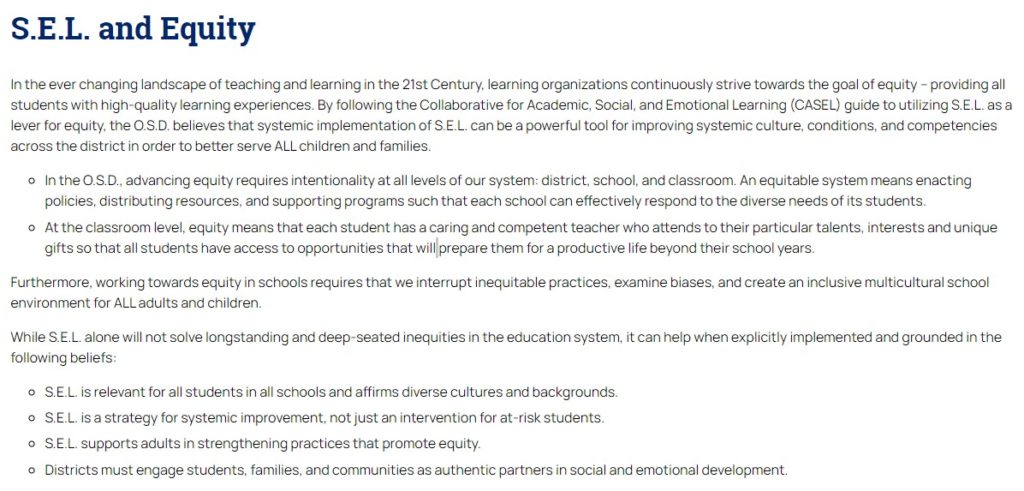
The Oxford School District also confirms on its website that the district “has been using Second Step since the Fall of 2020” to implement SEL for students as young as third grade. Second Step states on its website that the organization is “committed to addressing racial injustice and helping you drive real change in your school communities.” The organization also provides resources for educators to implement equity into the classroom. Two of the resources that Second Step offers are called “Talking to Kids About Racial Identity” and “Starting in the Classroom.”



Second Step is operated by the group Committee for Children. The group states on its website that SEL “is fundamental to achieving social justice.” Committee for Children also has a policy brief document on its website titled “SEL and Racial Equity.” This policy brief advocates teaching “anti-racist education” and “black studies” in what appears to be an attempt to turn students into political activists. The policy brief specifically mentions that “social justice education can also promote equity across social identity groups, fostering a critical lens and encouraging social action.”

The district has a project called the “Portrait of a Graduate” consisting of eight pillars. One pillar is to be “Culturally Aware.” The school district explains this as having a student “possess a set of skills, values and principles that acknowledge and adapt to differences in various cultures and ethnicities, in order to work cross-culturally.” The school district also appears to want students to move away from learning about math, science, English, and social studies to other topics like “content mastery,” “communication,” and “collaboration.”


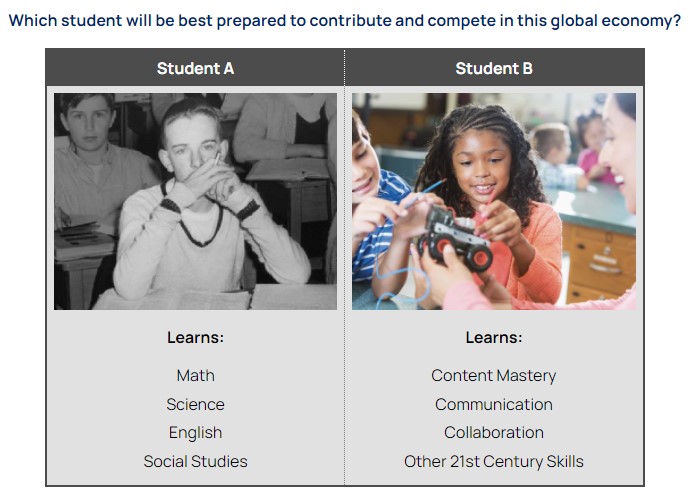
The school district offers “online resources” on its website under Student Services. One resource is an article titled “Equity in Education: Where to Begin?” The school district states that “if we hope for equity in education, we may have to abandon our efforts toward standardization and recognize the individuality of our students.” The article mentions goals to achieve in education in order to correct perceived inequities. One goal is to change the curriculum taught in schools: “Create a curriculum that provides a common language for knowledge without homogenizing the nuance of that knowledge.”
The article then brings gender identity into the argument by making the case that the “fluidity of any culture” shows why “we can avoid standardizing education”:
Why not consider something more ambitious? New thinking about the terms and definitions of gender emphasize both the characteristics and the fluidity of any culture. If we insist on standardizing content, maybe we can avoid standardizing education. How many different answers are there to the question, “Why learn?” Fantastic! Let’s iterate ourselves until we can honor that.

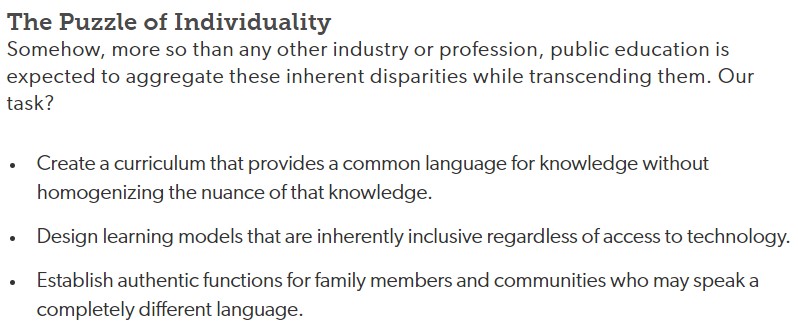

Stay Informed
